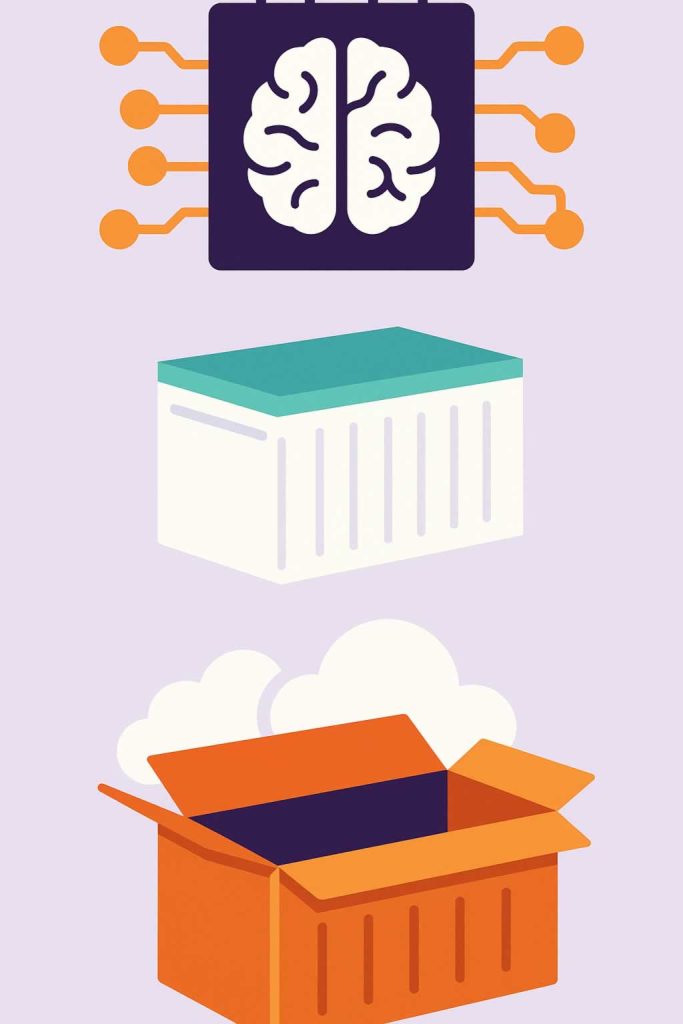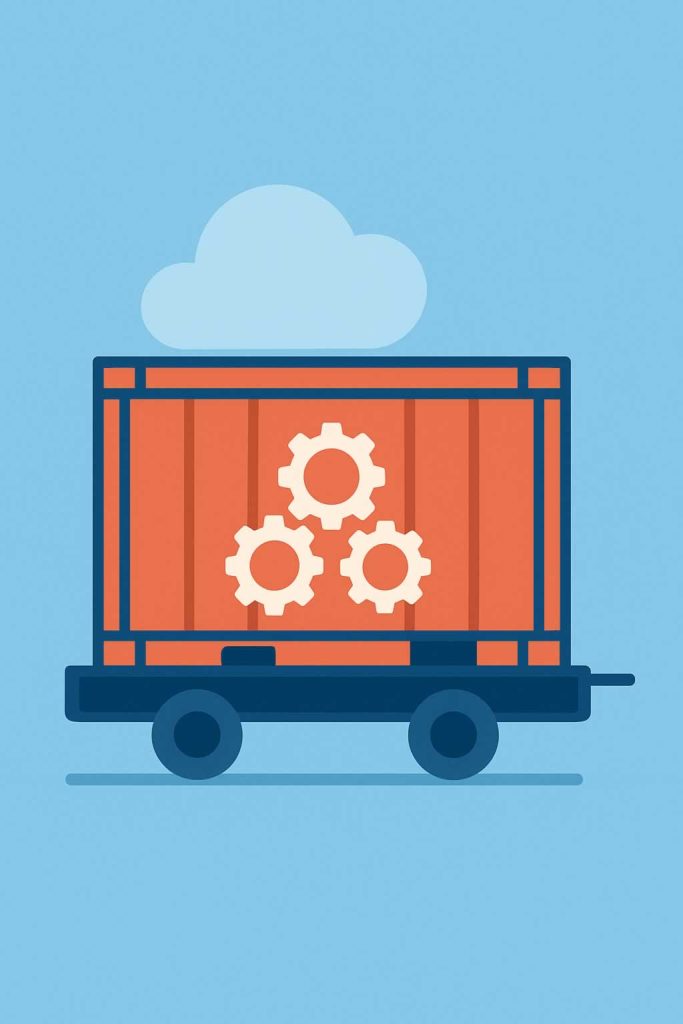

Containers play a crucial role in modern AI workflows by providing a consistent, portable, and isolated environment for running models, scripts, and entire pipelines. At AEHEA, we rely on containers to ensure that what works in development also works in testing and production without surprises. They help us streamline deployment, scale efficiently, and reduce the friction that often comes with different environments or incompatible system configurations.
A container packages everything an AI application needs code, dependencies, system libraries, and configuration files into a single unit. This means we can run the same container on a developer’s laptop, a cloud server, or a high-performance GPU machine, and it will behave exactly the same way. For AI projects that depend on specific versions of libraries like TensorFlow or PyTorch, containers eliminate the chaos that can come from environment mismatches or dependency conflicts.
In scalable workflows, containers are essential. We often use container orchestration tools like Kubernetes to manage multiple containers running in parallel. If an AI model needs to serve many users at once, Kubernetes can automatically start more containers to handle the load, then scale back when demand drops. This flexibility keeps systems responsive while controlling costs. We also use container images to version AI workflows, which helps us track changes and roll back if something breaks after an update.
At AEHEA, we build containerized AI workflows to support reliability, speed, and control. Whether it is for batch inference, real-time API services, or automated training pipelines, containers give us the confidence that the system will run as expected, no matter where it is deployed. They make collaboration easier, testing more predictable, and production deployments more stable. In short, containers are a foundational tool for turning AI prototypes into fully operational systems.
